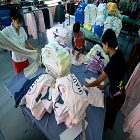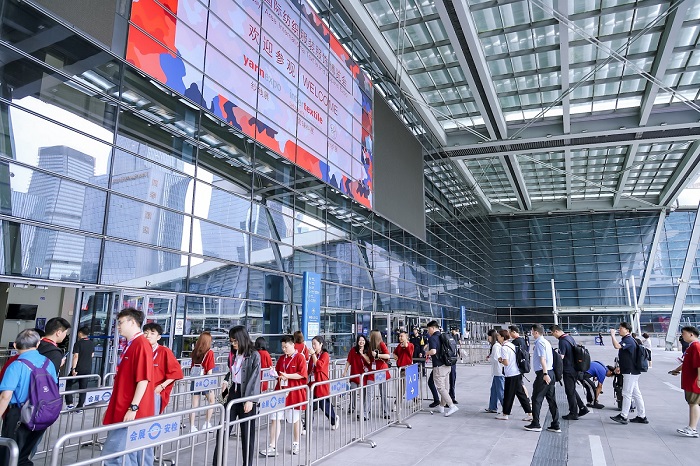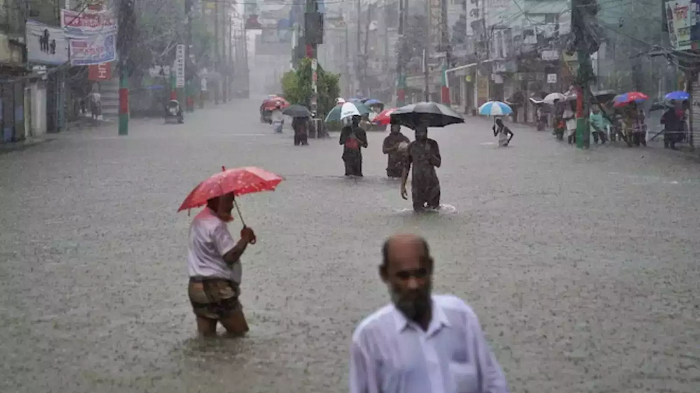"Myanmar’s clothing industry is set to grow tremendously in the coming years, according to a report in the latest issue of Global Apparel Markets from the business information company Textiles Intelligence. Freedom from military rule and reformist government policies are making things possible"

Myanmar’s clothing industry is set to grow tremendously in the coming years, according to a report in the latest issue of Global Apparel Markets from the business information company Textiles Intelligence. Freedom from military rule and reformist government policies are making things possible.
Myanmar a sourcing destination for brands
A turning point came on March 30, 2011, when a reformist president, Thein Sein, was sworn in as the leader of a military-civilian government. That is when would be-investors and garment sourcing companies based in the West started to turn their attention to Myanmar. The first Western brand to source from Myanmar was H&M in 2013 followed by Gap in 2014 and these companies appear to have paved the way for others to follow. Experts predict that there could be upto 1.5 million jobs in the garment industry by 2020 compared with approximately 230,000 in mid-2015, and that garment exports could rise from $1.5 million in 2014 to as much as $12 billion in 2020.

Prior to 2011, Myanmar had been subject to 50 years of military rule which made it a very poor country, plagued by bureaucracy and corruption, and isolated by international sanctions. But most of the sanctions have been removed in recent years and many countries have granted free trade or preferential trade status to clothing made in Myanmar.
Furthermore, foreign direct investment (FDI) in the garment industry has been growing at an impressive pace in recent years and, following the removal of sanctions, clothing exports from Myanmar shot up by 26.5 per cent in 2013 and by a further 27.4 per cent in 2014.
To plan for expansion, the Myanmar government has published a strategy for the textile and garment industry as part of a document entitled ‘National Export Strategy 2015-2019’. In particular, the industry has been advised to: move from operating on a cutting, making and packaging (CMP) basis to operating on an fob (free on board) basis; increase volume; improve quality; produce a greater volume of knitted products
Meanwhile, investments have gone into infrastructure like roads and ports in the country, and initiatives are being pursued to improve the industry’s international competitiveness and encourage sustainable production.However, experts opine that the country has outdated machinery, inadequate infrastructure and a banking system which remains ill-equipped to provide services to local citizens, let alone global companies.
Almost all the fibres used by Myanmar textile industry need to be imported as natural fibre production in the country is negligible. Furthermore, the industry lacks vocational training programs, and demand from Western retailers is unlikely to increase at a rapid pace as buyers are expected to proceed cautiously.
Consequently, the industry will need modern machinery, raw materials, skilled labour, social and environmental certification, energy sources which are reliable, a logistics infrastructure and a financing system which runs smoothly












